Table of Contents
Different Regions recognized in a Chromosome:

Primary Constriction and Centromere:
The narrow constricted position of a chromosome is called primary constriction. It divides the chromosome into two arms and thus determines its shape.
Its position always remains constant in a particular chromosome. This helps in the identification of a chromosome.
In the region of primary constriction lies the centromere. It is associated with a granule-like structure, the kinetochore or centromere. The centromere attaches spindle fibres during cell division and helps in the chromosomal movement during anaphase.
Usually, there are two centromeres, one in each chromatid of a metaphase chromosome, but there may be more than two or none.
Depending upon the number of centromeres, the chromosomes are of the following types:
- Monocentric with one centromere.
- Dicentric with two centromeres.
- Polycentric with more than two centromeres.
- Acentric chromosomes are without centromere. These represent freshly broken segments of chromosomes which do not survive for long.
- Diffused or Nonlocated- In such chromosomes, the centromere is diffused throughout the length of chromosome. Such centromeres are found in chromosomes of insects, some algae and some groups of plants.
Types of Chromosomes based on Position of Centromere:
- Acrocentric are rod-shaped chromosomes with centromere occupying a terminal position so that they possess only one arm.
- Telocentric are also rod-shaped chromosomes but with a subterminal centromere. In telocentric chromosomes one arm is very long and the other one is very short.
- Submetacentric are L-shaped chromosomes with centromere slightly away from the mid point so that the two arms are unequal.
- Metacentric are V-shaped chromosomes in which centromere lies in the middle of chromosome so that the two arms are almost unequal.

Function of Centromere:
The centromere performs the following functions-
(1) Attachment of spindle fibres and help in chromosomal movement during cell division.
(2) Helps in the spindle formation during cell division.
Secondary Constriction:
Sometimes one or both the arms of a chromosome are marked by a constriction, other than the primary constriction. During interphase, this area is associated with the nucleolus and is found to participate in the formation of the nucleolus. It is, therefore, known as the nucleolus organizer region or the secondary constriction. Its location in the given chromosome is constant.
Tertiary Constrictions:
The tertiary constrictions are present in nearly all the chromosomes. Their significance is not known. However, these help to distinguish one chromosome from others.
Telomeres:
The tips of the chromosomes are rounded and sealed and are called telomeres. These provide stability to the chromosomes and protect their individuality.
Satellite:
The terminal part of the chromosome beyond secondary constriction is called a satellite. It is attached to the main body of the chromosome by a delicate chromatin filament. The satellite may appear as a rounded or elongated knob. It has a constant shape and size for a particular chromosome. The chromosome with satellite is known as sat-chromosome.
Chromatids:
At the metaphase stage, a chromosome consists of two chromatids joined at the centromere. During cell division at the beginning of anaphase, when the centromere divides, the two chromatids acquire independent centromere and each one changes into a chromosome.
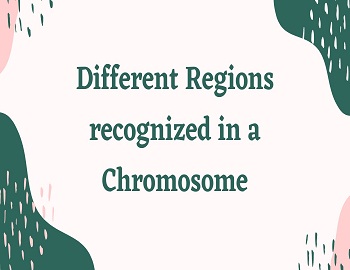
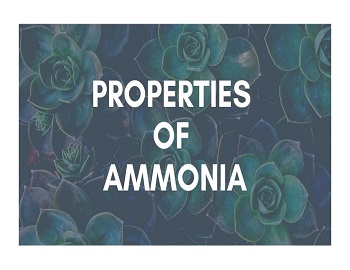


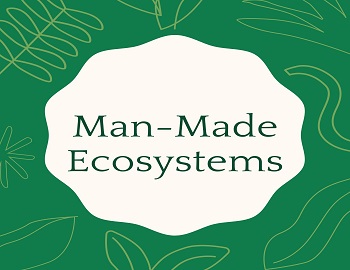
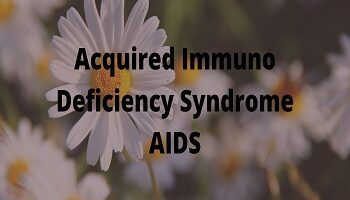
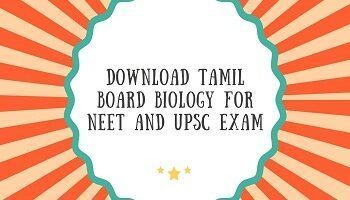


Comments (No)